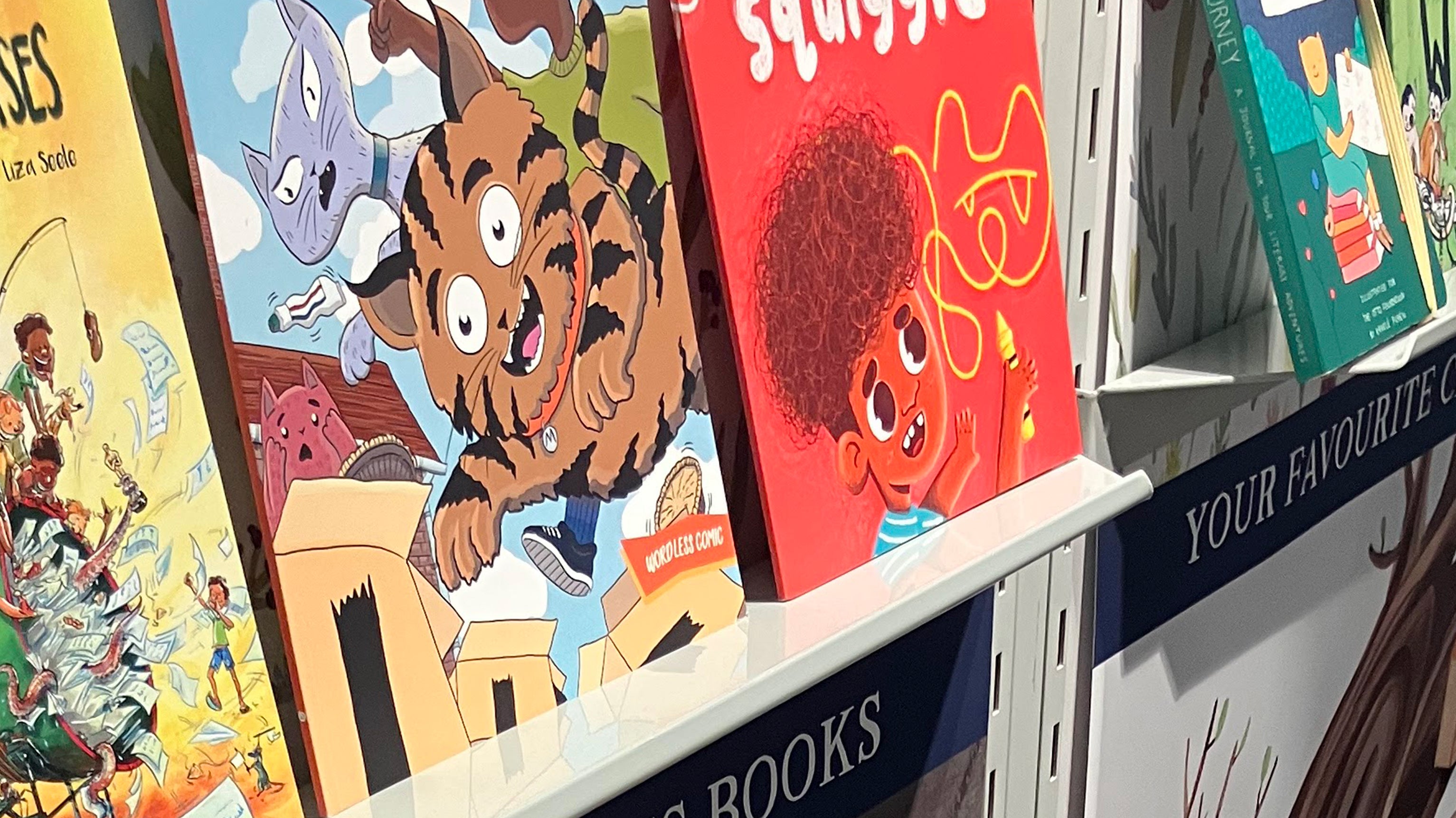As the saying goes, is a picture really worth a thousand words? It seems to be true when we consider how ‘picture stories’ have developed, and where better to find these picture stories than in comic books. Yet, how often are children told to put comics down and read something worthwhile? Well, academia might have proved this assumption of literary merit wrong.
Comic books, in the form we know them, are relatively new, first making their appearance in the 1930’s, having developed from comic strips in newspapers. However, let’s be a little creative here and consider pre-historic cave paintings. Could these have been a form of comic book for early man? The record of a hunt to ‘read’ perhaps? Suffice to say, pictures probably preceded words and, given the time and light available after a busy day of being a hunter gatherer, a few pictures were far faster to paint than writing an essay, especially with a reed or feather dipped in homemade ink.
The Current View of Comic Books
In current times, comic books are becoming more accepted as a form of literature as well as a teaching tool, despite nagging naysayers. Comics don’t overwhelm readers with pages of text, but rather entice the reader visually. Imagnary House’s recent entry into this market with the wordless comic book, Miyayu: The Mischievous Cat, is a case in point.
However, the slow burn of recognition for comic books as valuable literature stretches far beyond the borders of South Africa (need we mention Marvel or DC?). The Dublin City Council Library Service is actively encouraging the reading of comics because the benefits for not only reading, but comprehension, are so great. They have made available ‘The Libby Comic Collection’ to their members as a move in this direction. In addition, many educators and even the US government are acknowledging the benefits of these much-maligned pieces of literature.
But are Comics Good for Kids?
Perhaps the most vital benefit of the comic book is that they encourage children (and adults) to hold a printed book or magazine and set aside some time to read. Beside the mental stimulation this triggers, there is also a tactile element to holding a bound paper document instead of a device that is developmentally beneficial. There are a lot more benefits of comic books we could list, for example:
- Comics allow for an easy entrance into reading for all
- Comics drastically increase vocabulary (like all reading formats)
- Comics provide easier comprehension for unconfident or otherwise challenged readers
- Comics introduce children to stories developed on multiple levels, instead of linear storytelling
But, for us, inference takes the cake. This skill enables us to infer meaning from a picture or a situation based on evidence and reasoning. Comic books engage children to interpret meaning from their pictures above text, to ‘read between the lines’ so to speak, which encourages the development of a complex reading strategy. It not only increases comprehension but allows children to develop their imagination and creativity (tools useful in all pursuits of life).
An extension of the collaborative effort between pictures and text in comic books is the sub-genre; the wordless comic book. Wordless comic books, like Miyayu, don’t require any translation. They transcend age, language and many cultures. Wordless comic books require a greater level of inference as the reader is not prompted by words, but only physical context. With the reader’s attention on the story, there is no sense that learning is taking place. Instead, the motivation is solely to read the story; a motivation that has been proven essential for true comprehension.

Recent research has been conducted into the influence comic books have on reading skills (a topic close to our heart). A Masters student at the Harvard Graduate School of Education, Jabari Sellars, used X -Men comic books to explain allegory and how to then apply that process to classic texts. He based his experiment on research conducted for the United States government, which wanted to address low literacy rates. The research indicated that student motivation was key in reading comprehension. Sellars got his students invested by giving them a ‘test’ based on X-Men comic books in which they had to analyse how mutants were treated in the text. He used that to explain how mutants were an allegory for marginalised groups. The results were remarkable, and the students responded by being better able to analyse prescribed books.
Unsurprisingly, the wordless story has long-since made the jump into film with the release of critically acclaimed titles like The Red Turtle (the only word in the movie is ‘Hey’). For many years, comic books have been disregarded and restricted because they were seen as being of little or negative value. It is wonderful to see the current move towards the recognition of these literary gems and the creativity they have inspired in both reader and writer. So, whatever your age, set aside some time to pick up a comic and get educated!
Got thoughts on comic books? Let us know in the comments below!






